I recently saw some very pretty grasses that had flowered growing in the ditch that runs alongside the border of the garden and the cemented pathway next to our house. I had never come across these silvery green sprays with a slight purple tinge to them. Despite their short stature, they stood proudly against the dry brown soil like tiny fir trees; how on earth they managed to escape my husband's notice is a mystery to me, as they had been there for quite some time. He has a knack of meticulously clearing every unwanted scrap of foliage (ie weed) in the garden as he has a great intolerance for anything growing that isn't useful or edible. This is where I differ with my other half in how we view our garden. If he had his own way, he would turn me into a champion weed exterminator; if I had mine, we'd be eating them...
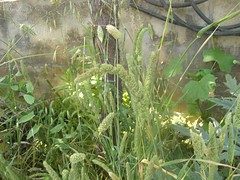
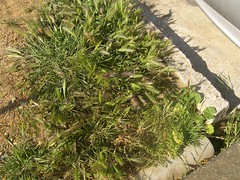
The top two grasses are common in our garden...
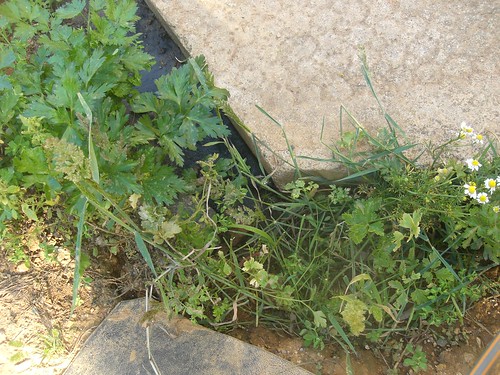
... but the silvery green one with the purple tinge (only about four samples are visible in this photo) growing amongst the celery had never been there before. Its progenitors probably arrived with the grass cutter and tilling equipment which we had borrowed from a neighbour to prepare the soil for planting our summer vegetables.
I thought about photographing this pretty spray that nature bestowed on us; sooner or later, it would dry up and I wouldn't see it again till next year. I also began noticing many other short flowering grasses growing in clumps here and there in different parts of the garden: in the cracks of the cement pathway, in amongst the artichoke bushes where they are safely guarded by this plant's thorny leaves, and lots of different ones in the ditch where wastewater catches. They all looked common, but every single one was different; no two were even barely alike. There were single ear husks, fern-like sprays, frilly clumps, stalky reeds, bushy tresses, and a myriad other kinds of grasses. None stood out so much as the one that caught my eye in the first place. If they were collected and artistically arranged into a bouquet, they would have made a marvellous backdrop to the most brilliant coloured roses.
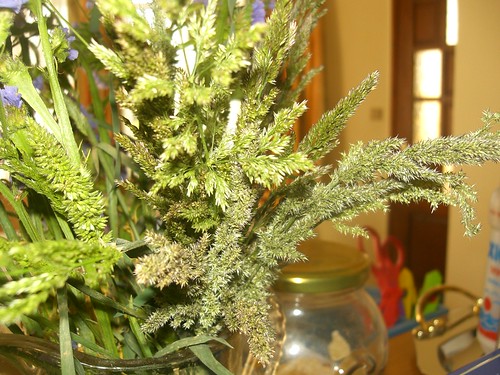
I saved a few of my favorite grasses and put them in a wine pitcher, along with the pretty purple flowers of the maroulides horta.
Alas, I put off photographing them until it was too late, and his roving eyes did eventually catch sight of them. The last time I saw them, they were lying in a heap of unwanted grasses and weeds waiting to be discarded. Into the compost heap, I hear you say, but no, they weren't even given this dignity. "We don't want them seeding next year, too, do we?" was his response.
*** *** ***
Biodiversity is being compromised in the case of some species of grasses and wildflowers, especially the ones that do not have a culinary or medicinal reputation. Their past uses are becoming more and more obscure with the advent of modern technology in both fields, even though nearly all species have some kind of interesting folkloric history.Hikers and nature lovers may still find some use for it if they know how to recognise it. Just don't pull it out of the ground - find a shady spot where it is growing, leave it where it is, and lie on it. When you get up, the soft supple stalks will regain their original form, and their flowers and seeds will be able to reproduce in the next season.
Agarathia (Phlomis fruticosa) is beautiful to look at and soft to touch. It has a woody base, and was often used in the past as a fire starter. It looks like sage - it is also known as Jerusalem sage - but it isn't used for any culinary purposes. Its downy thornless leaves look as though the plant could serve as a soft mattress, just like kalokoimite; if you do just that, you're bound to wake up after your snooze under the warm Mediterranean sky with an eye infection. For this reason, it was regarded as an undignified plant, and was often uprooted when it grew among other more highly regarded ornamental plants such as jasmine, as this old Cretan adage tells us:
Κρίμα σ'εσένα γιασεμί, κρίμα σε σένα ρόδο (Pity on you, jasmine, pity on you rose)
να βάλεις στην αγκάλη σου, τσ'αγκαραθιάς τον κλώνο. (to be found hugging a branch of agarathia)
This is also the reason why it has become an endangered species; it is one of the first shrubs to go when land is being cleared for more purposeful uses. Its brilliant yellow flowers could easily win a flora beauty contest, but another Cretan saying tells us that beauty is only skin deep:
"Μη μου ψηλοπετάς ετσά αγκαραθιάς το κλώνο, (Don't make airs at me, you branch of agarathia)
και βασιλιάς δεν γίνεται αυτός που θα σε πάρει." (the one who marries you doesn't become a king)
Agarathia is regarded as a symbol of hopelessness:
"Έθησαν, άνθισαν οι αγκαραθιές (The agarathies came, they bloomed)
κι'έκανα κολοκύθια." (and they produced zucchinis)
Poor agarathia, the locals have really got it in for them!
Ασπάλαθος (aspalathos, Calicotome vilosa) is a thorny plant native to Crete. Once all the leaves and flowers dried up and fell off the branches, the locals would collect the thorny remains and turn them into a broom to sweep their yards and floors with; the thorns are tied up in bunches onto a long wooden stick. This plant would also be used as a cover on olive and wine urns (similar to the thorny remains of stamnagathi), to stop insects and other small fauna from crawling into them. In the past when people didn't wear shoes all the time (saving their only pair for special ocassions), the soles of their feet were so hard that it was said they couldn't feel the thorns of the aspalathos even if they were walking on it.
Near St Mamas Church, at Kiriakoselia
This shrub has one of the most putrid smells a small tree can have; when the leaves are rubbed between the fingers, it stinks like burning rubber. But it was known to the locals for one thing: the effusion from boiling its leaves can make a soothing remedy for hemorrhoids. This may have been a more common ailment associated with diet in the past. This plant may be one of the herbal remedies listed on this page, but then again it may be something completely different.
When I first came to Hania, I came across this lily, and fell in love with it immediately. With its deep purple colour and impressively patterned leaves, I thought it would make a beautiful centrepiece. My aunt took one look at it and screamed in horror: "Get it out of here!" I quickly discovered that, despite its unique appearance, drankontia (the dragon flower) is so stinky and toxic that not even animals will touch it, which shows how much cleverer they are than the uninitiated human being. Flies are its pollinators: the flower traps them overnight so that they can perform this job; maybe they serve as temporary fly traps in orchards, allowing the trees to maintain their health.
... which brings me to my final point about biodiversity: just leave everything where you find it, as everything has its own place in the order of things. The humble blade of grass is not as simple as it looks: after thousands of years of evolution, it evolved into ears of corn and husks of wheat.
With the passage of time and the rapid rate of technological innovation, biodiversity is being lost due to the lesser perceived usefulness of certain species, which, in fact, given time, might even evolve into something more useful.
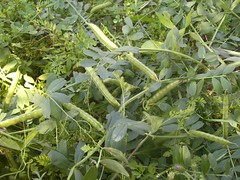
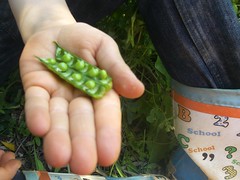
The vikos (Vicia sativa; above) is used as animal feed, but is directly related to the pea (Pisum sativa; below) that we eat; they are both members of the Vicieae (vetch) tribe in the plant kingdom, resulting from the subtle evolutionary differences that distinguish them from one another. The vikos (vetchweed) was found in our field; peas are becoming more and more popular as a simple crop to grow in the garden.
Human beings use only 20 plant species to provide 90% of their food needs, which is a tiny fraction of the edible plants in the world (Plants for a future, Ken Fern, 2000). In the future world where plants will be grown not only for food but also for fuel, biodiversity may be the key to abundance.
Thanks to the Herbarium at the Mediterranean Agronomic Institute of Chania whose staff assisted me by providing me with advice and pointing me in the right direction of reading material, which I've shared with you in this post.
©All Rights Reserved/Organically cooked. No part of this blog may be reproduced and/or copied by any means without prior consent from Maria Verivaki.
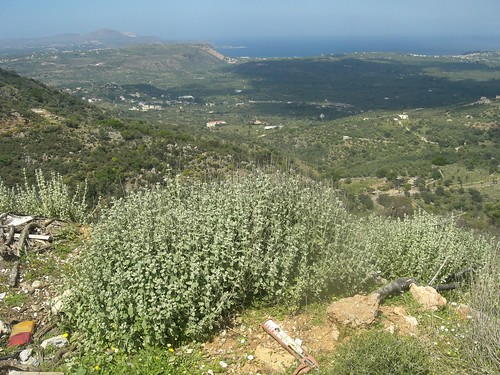
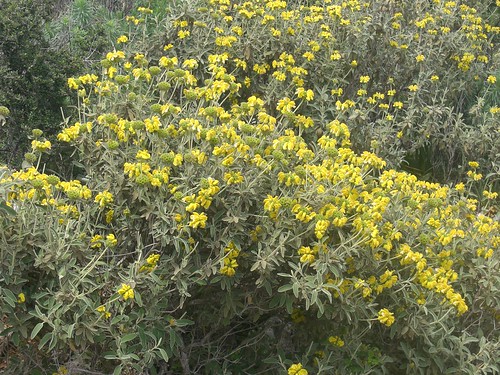
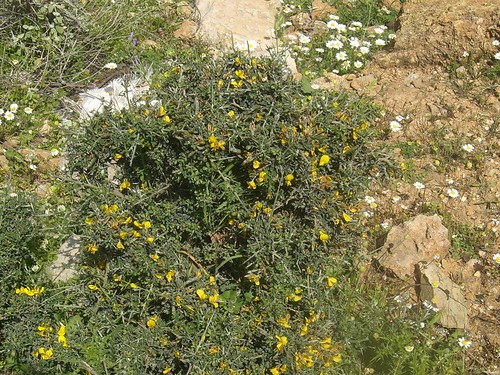
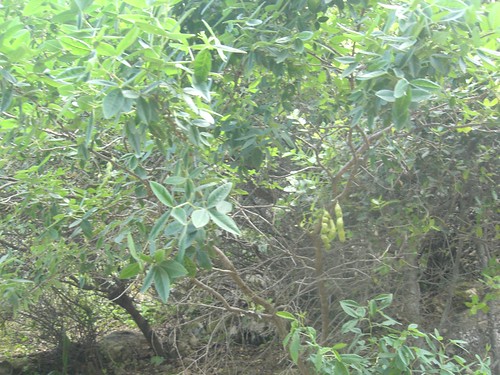
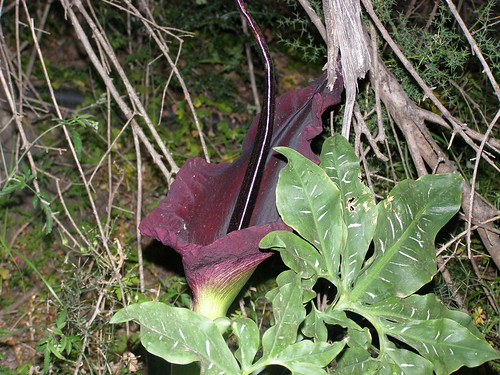












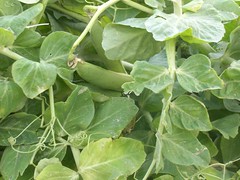
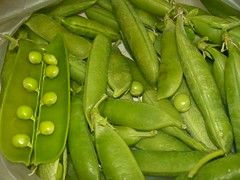
Very informative blog subject today, Maria, & right up my alley! I love to look at the plants that grow wild & wonder how they were used in the past & if they're edible. You should give walking tours of your area & charge the tourists (& others interested) for your knowledge. There are a lot of people interested in such things these days.
ReplyDeleteHi Maria,
ReplyDeleteOn the milk ... go Greece is right!! You guys sure know how to organize and be heard. A lesson for us all!
A very informative post. Can I send you a photo of a plant I found in Greece that no one seems to know what it is?
ReplyDeleteGreat post Maria! I've have only just begun exploring my garden as it is just our second summer in our new home and I'm kind of feeling overwhelmed. Not so sure where to begin or how to be completely successful at planting and growing--practice makes perfect I guess. I just have to buckle down and keep trying.
ReplyDeleteI really enjoyed this post, great work Maria!
ReplyDeleteloved this post Maria! You are so very right - we may need to diversify and use more of the plants we have available. we should (re)learn to use them and protect them. the land need to be shown some respect too.Alexandra
ReplyDeleteGreat post Maria, I loved your post!
ReplyDeleteIt looks you are ready Maria to get a job as a Mass Media personnel for a big Press company!
ReplyDeleteI really enjoyed reading this Maria, really fascinating. The natural world is such an amazing place.
ReplyDeleteRe your question on my blog, we're having the so-called seasonal average temperatures of 13-15 degrees, but on the day of the festival it was windy so felt a lot colder.
Jackie
Maria, some of these plants are very familiar to me. I recall seeing some of them in Turkey too. I've also seen the dragon flower when I was a kid and as you said no one touches it! Also, I like how you placed some of the grass/plants in a vase. Some of these grass/plants are made into an arrangement in upscale stores and sold for an arm and a leg! It was shocking to me to see grass that people got rid of from their yard in Turkey, sold for so much money here in the States! Great post.
ReplyDeleteA nice field day in Crete...I'd love to take a walk with someone who would point out all the species and of course, what's edible!
ReplyDeleteGood post Maria. Don't recognize any of those plants, but we have our own "weeds" here, and I've been learning more about them. Amazing how many have little known medical usefulness. I have a garden assistant who is an agricultural student and specializes in sustainable gardening. He uses the native herbs to companion plant around trees, and things like lemon grass to border garden areas, keeping out other encroaching grasses.
ReplyDeleteExcellent post Maria. Here on Saaremaa, the local organic food organisation (Saare Mahe) is trying to interest people in buying and eating a wider range of plants, fruits and vegetables. Your post is an inspiration.
ReplyDeleteMy apologies for being absent from your posts recently! I will slowly but surely catch up . . .
ReplyDeleteMy husband and I decided when we bought our first house that we would not worry about the 'weeds' - it seemed so unnatural to have perfectly green and thick grass when all manner of wild animals from deer to coyotes to pheasants and wild turkeys cross our back yard. And sure enough, I've learned that the leaves of those pesky dandelions are now sold at gourmet groceries; the 'creeping charlie' is a relative of mint and smells lovely when cut by the lawn mower.
More often than not, however, I can see such diversity as you've displayed here only when I visit the local arboretum/gardens.